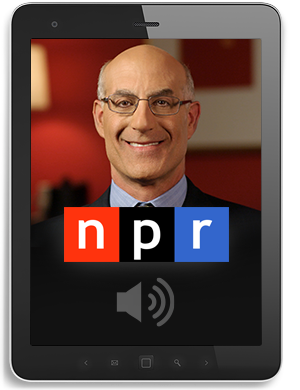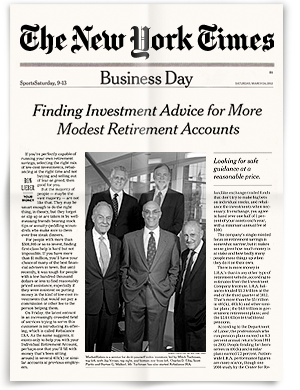The bad news for baby boomers has been hard to avoid. Dire predictions of a looming retirement catastrophe have piled up for several years.
Now that reality is starting to hit — hard.
Wells Fargo recently released its latest survey of middle-class retirement prospects, and the news is bleak. Among the outcomes expected by survey respondents:
- More than a third (34%) say they expect to work until “at least 80.”
- Nearly half (48%) are “not confident” that they will have a comfortable retirement.
- A shocking 59% say their top financial priority is paying the bills each month. Saving for retirement is a distant second at just 13%.
The number who expect to work until 80 has spiked as the first wave of boomers has left work: It was 30% in the 2012 survey and 25% the year before. That “80 is the new 60” for working Americans is a sign of resignation. Millions of middle-class people have come to the sad conclusion that they have run out of time.
Can the problem be fixed? Modest retirement savers who are “on the bubble” with their retirement plan should refocus on what’s possible in order to reduce the potential impact on their lives in retirement. Here is your retirement tools checklist for getting started:
1. Begin with Social Security
People often take Social Security benefits immediately upon eligibility. That’s understandable, but not necessarily in your interest. The Social Security Administration Retirement Planner is a clear, easy-to-understand walkthrough of the advantages of waiting.
For instance, a 58-year-old today who decides to delay retirement to the full age of 70 would enjoy a nearly 31% increase in benefits. You can run your own numbers at the SSA “early or late” retirement calculator. If you don’t know where you stand, log in to the secure SSA site to find your current personal estimate.
The fix: Assume you will live longer and punt your government retirement benefits downfield as far as you can. At a minimum, do the math now and understand how each scenario plays out in terms of your real retirement.
2. Run your IRA numbers
Wells Fargo survey respondents ages 40 to 59 believe that they will need a savings total of $200,000 (median response) to retire. Yet most have saved up just $20,000 so far.
It’s a reasonable guess, but even $200,000 is far below an ideal retirement figure. At full retirement, for instance, Social Security is likely to generate no more than $40,000 a year for a typical middle-class couple. That median IRA goal adds just $8,000 a year of income.
The fix: A working couple in their mid-40s with $20,000 saved should set aside their maximum 401(k) contributions until 65. Prudent, long-term investing would bring their total up to above $2 million — 10 times the survey median. A $2 million IRA portfolio would generate an income of $80,000 a year.
3. Prepare for contingencies
Putting away the 401(k) two-earner max of $35,000 a year is not in the cards for many people. But that’s no reason to give up and save nothing at all. Likewise, getting a reliable return from the markets is no cakewalk. The days of 10% stock market gains are long gone, and the bond market is rife with risks previously unknown to retirement savers.
The fix: Most people should avoid trying to beat Wall Street and instead stick to tested IRA portfolio strategies that minimize risk based on their target retirement age. They are much better off getting a solid market return at the lowest cost and saving enough to meet their own, written retirement goals.
That last point is crucial. Writing things down tends to make them happen. Even if it’s a scrap of paper that says “I will retire at 65 with $1 million in my retirement plan and no mortgage,” that’s a far more concrete plan than most.
First steps are hard, it’s true, but they make the difference between moving and sitting still.





